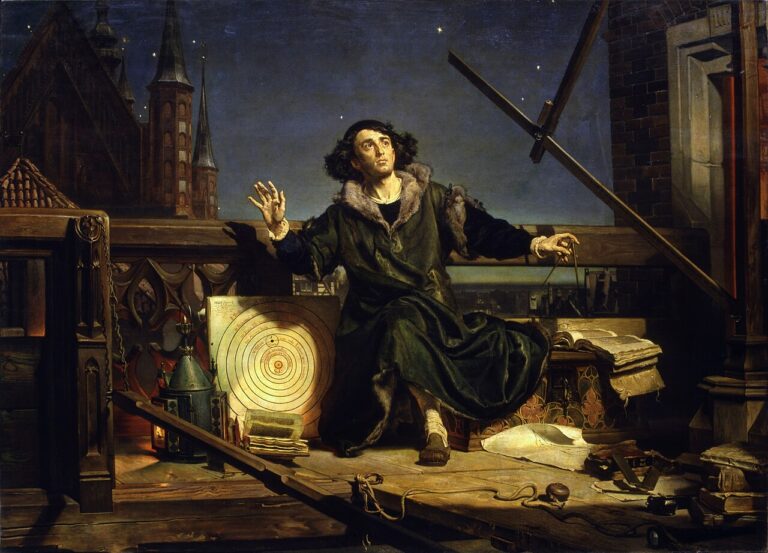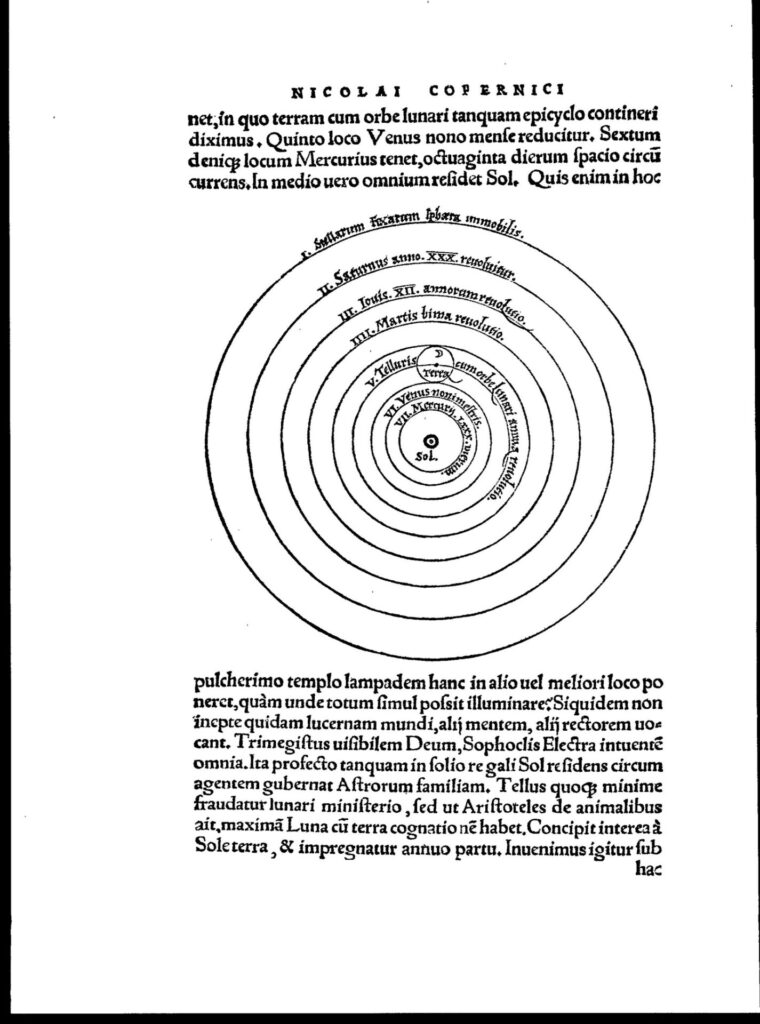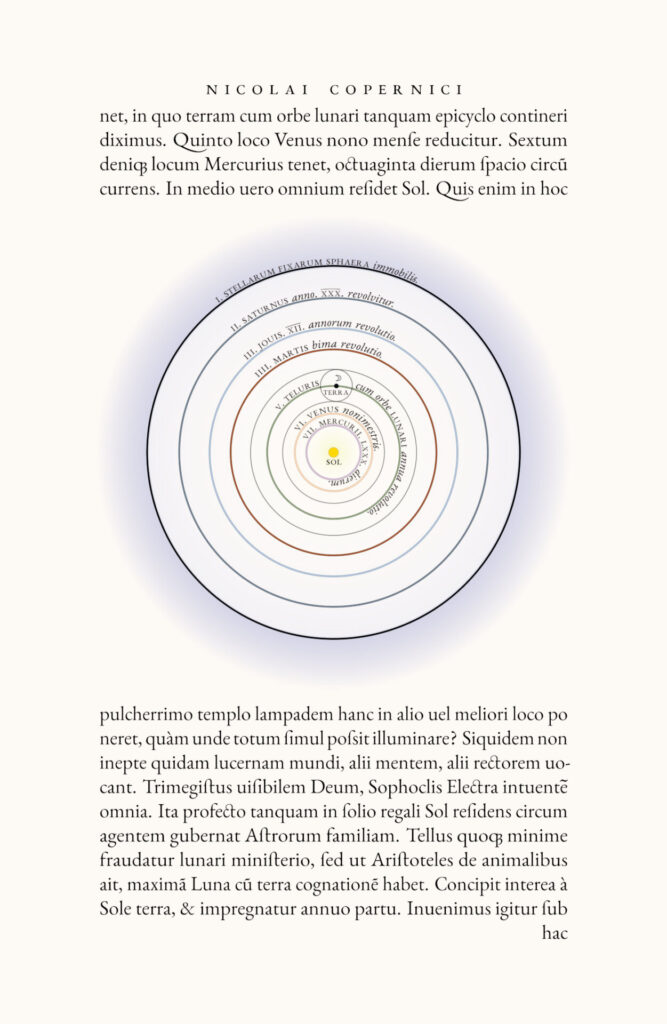De Revolutionibus Orbium Coelestium
A Digital Recreation of Copernicus’ Heliocentric Diagram (1543)
In 1543, Nicolaus Copernicus published De revolutionibus orbium coelestium — “On the Revolutions of the Celestial Spheres.” In it, he proposed a radical cosmology: that the Earth was not the center of the universe, but a planet orbiting the Sun. This heliocentric model marked a turning point in Western science, igniting a shift that would come to be known as the Scientific Revolution.
At the heart of the book lies a quiet, elegant diagram. A single sentence in Latin surrounds the Sun:
“In medio uero omnium residet Sol. Quis enim in hoc pulcherrimo templo lampadem hanc in alio uel meliori loco poneret, quàm unde totum simul possit illuminare?”
“In the very center of all resides the Sun. For who would place this lamp in any other or better position than that from which it can illuminate everything at once?”
To Copernicus, the Sun was not merely a body in space — it was a lamp in the temple of the cosmos, set by divine wisdom in the most fitting place.

Artistic Intent
This piece is a faithful digital homage to Copernicus’ heliocentric diagram, reinterpreted with modern tools yet guided by historical reverence.
The Latin text is preserved in its original form, set in EB Garamond, a typeface based on Renaissance letterforms. The layout mirrors early printed scientific works, with added clarity through gentle color coding of the planetary orbits.
In this recreation, I sought not only to echo the visual structure of the 1543 original, but also to honor its theological and philosophical depth. The diagram is not a cold chart — it is a mandala of divine order, where celestial movement reflects harmony and illumination.
Comparison: Original × Recreation


Bring This Piece Into Your Space
This artwork is available as a fine art print through Fine Art America.
